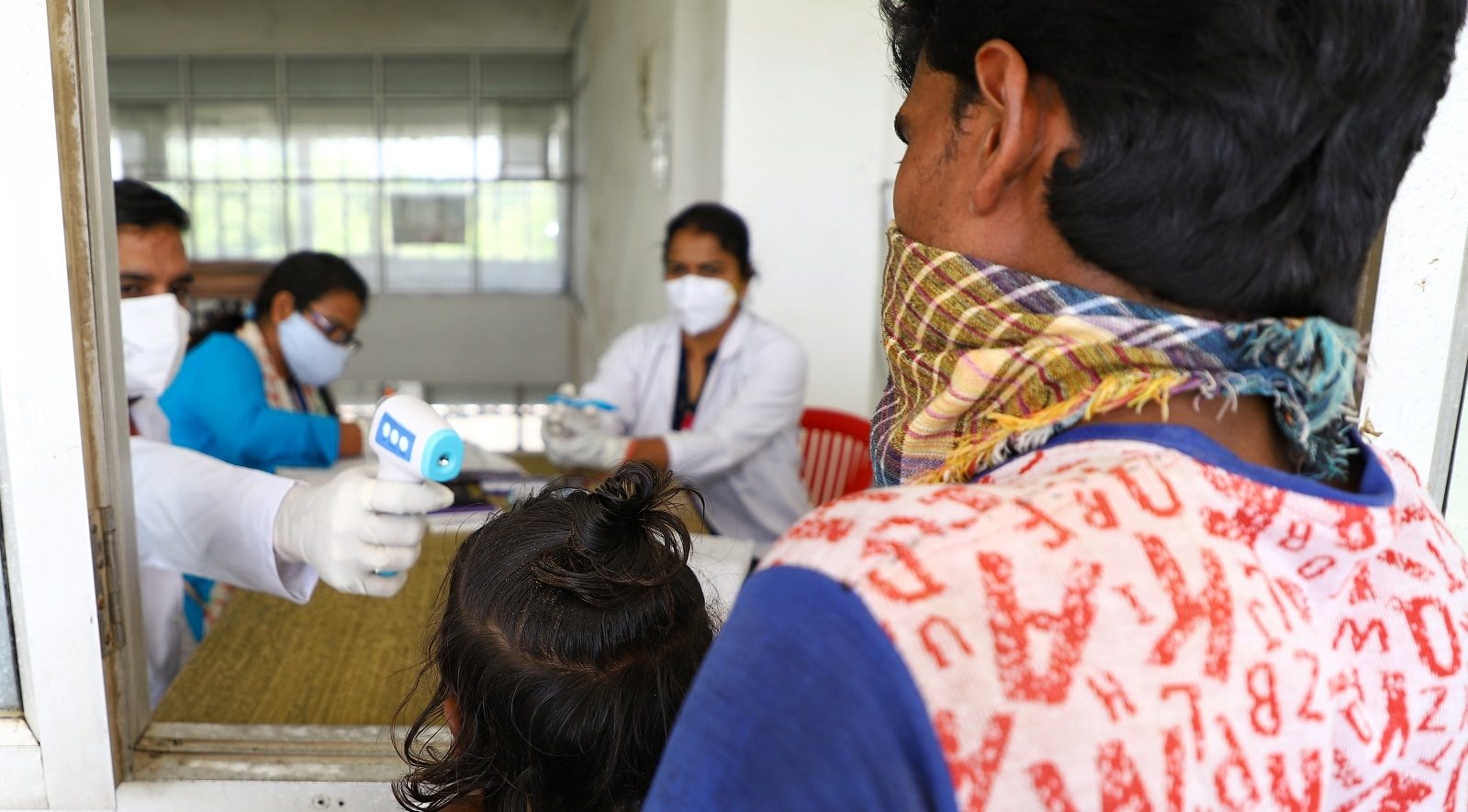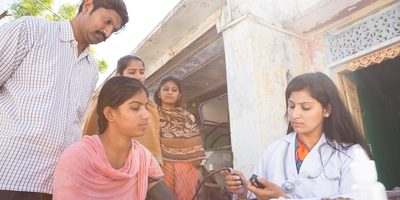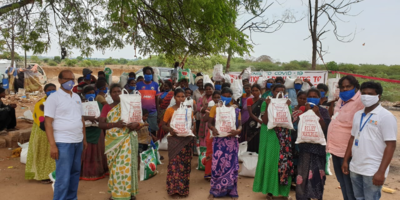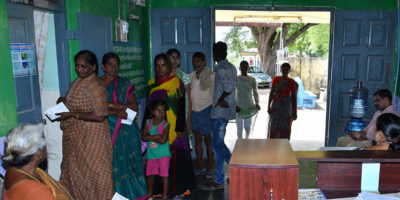
COVID-19: Why does Bihar’s public healthcare system struggle so?
The COVID-19 pandemic in India is spreading rapidly from urban to rural areas, including in Bihar. The recent surge in the number of cases in this poor state, plus the struggle of its people to get tested and more generally access proper medical care, have just caught the country’s attention. Such a rampant epidemic together with Bihar’s chronic resource constraints and limited healthcare capacity has now placed the state en route to a major crisis.
Until recently, Bihar had been reported a relatively low numbers of cases, deaths due to COVID-19 and an enviable recovery rate – until things seemed to change suddenly.
However, the current state of affairs in Bihar can be seen as an acute manifestation of perennial weaknesses in its healthcare system. These weaknesses are not limited to the system’s ‘hardware’ – like infrastructure and human resources, which are frequently highlighted and debated. The problems encompass the ‘softer’ aspects of the system as well, such as governance, trust and accountability. Therefore, it is important to understand these challenges to understand why the overall system in the state has traditionally struggled to rise to the occasion.
The current state of healthcare in Bihar has largely been shaped by a legacy of constant neglect, as a result of which health care gained little prominence in the state’s and the national policy agenda. The Centre’s introduction of the National Rural Health Mission (NRHM) in 2005 infused resources into the system and spurred some significant changes in primary health care delivery and improvement of important indicators like infant, child and maternal mortality. But the overall system never developed enough to meet the needs of the growing population.
Ironically, even the growth of the organised private sector, especially tertiary care services, remained limited to the capital city of Patna. The current government’s flagship programme, Ayushman Bharat – Pradhan Mantri Jan Arogya Yojana, has also failed to take off in the state.
The principal ‘software’ challenge is the organisation and capacity of health systems governance at all administrative levels. At the state level, the size and organisation of the health department are quite limited. It is heavily centralised, to the point where a single office is both secretariat and directorate, and coordinates medical and health services, public health, medical education, nursing education and services, drug control, food safety, etc. Within the health department, no senior position is occupied by a public health specialist. In fact in the state, none of the director-level positions are occupied by public health experts.
As a result, the health department is poorly equipped to deal with public health care concerns, and public health crises often make way for political control. The State Health Society, an autonomous special purpose vehicle created in 2005 under the mandate of the NRHM, is also limited principally to implementing health programmes instead of drafting policy and planning for the future.
At the district level, care facilities cater to about 3 million people each, giving rise to more challenges. For example, the district health system is headed by a civil surgeon cum chief medical officer, selected from a merit list prepared at the time of their joining the services, around 25-30 years ago. The basic qualification for the civil surgeon remains MBBS only. Notably, educational qualifications, professional ability and service performance are not evaluated before selection.
Third, the NRHM mandated the constitution of a district health society (DHS) in each district. This society functions under the aegis of the district magistrate and a civil surgeon. The contractual nature of all members of staff in the DHS and the reporting structure together mean each society’s efficacy depends on the civil surgeon’s leadership. Finally, health systems governance below the district level is led by the medical officer-in-charge of the community or primary health centre in every block, with an average population of 200,000.
Apart from governance, other interrelated ‘software’ issues like value, interest, trust and accountability play equally important roles. The biggest stakeholders with the most interest in the public health development of public health systems are the people, especially the poor. The élite has little interest in public healthcare because that is not where they seek medical care for themselves. The low utilisation of public health facilities indicates people’s trust in the public healthcare system remains low. The fact that many doctors who serve in government facilities also consult out of private clinics also draws people away, and more importantly hampers public healthcare’s accountability and functioning.
In the final analysis, there is an urgent need to identify these issues and start addressing them with focused reforms. An improved, resilient and responsive health system requires frequent ‘software’ updates, along with continuous upkeep of hardware, to remain both useful and effective.
This article was originally published in The Science Wire and published here again with kind permission. The views expressed here are author’s own and may not necessarily reflect those of The George Institute for Global Health.





